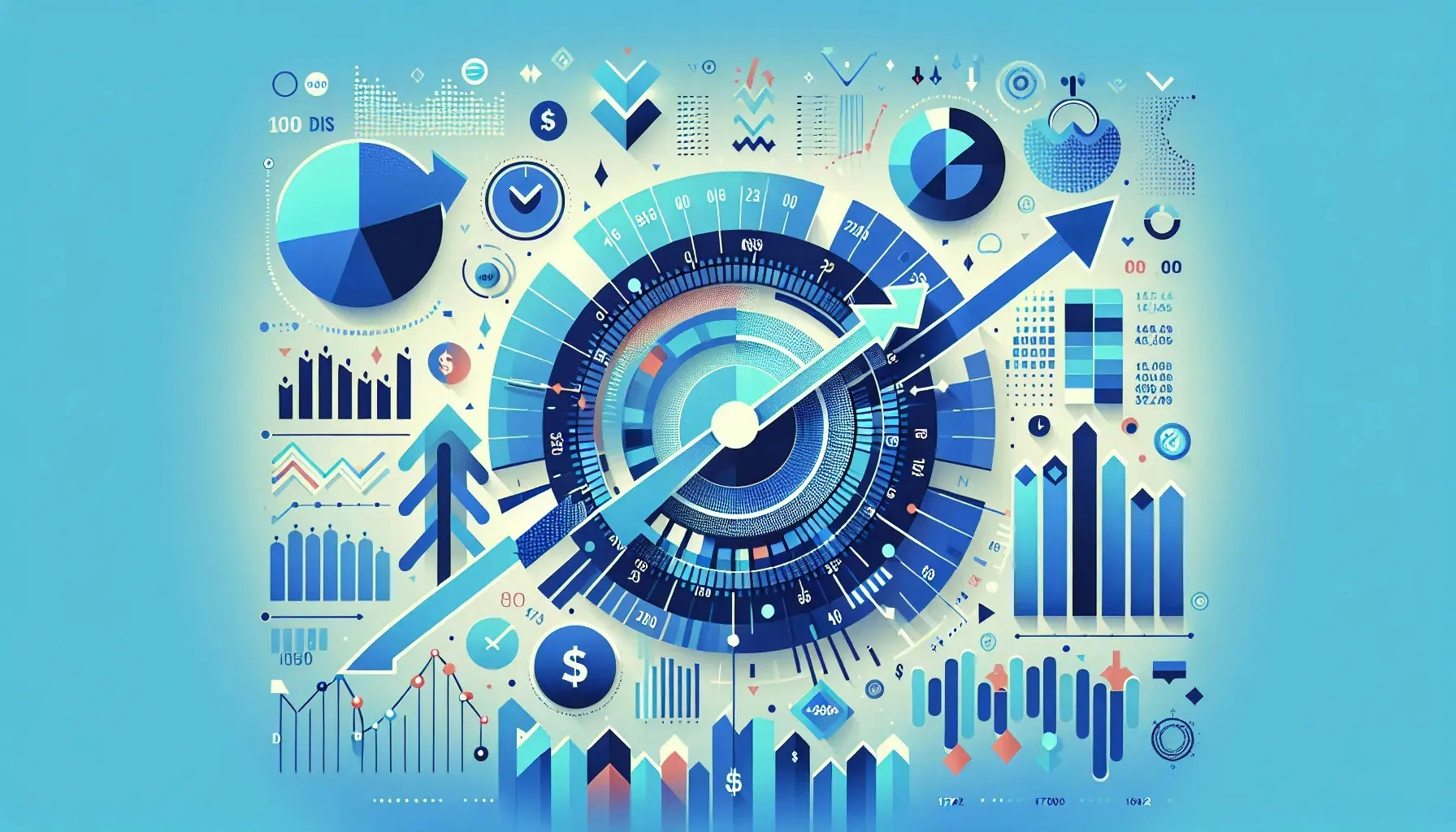Welcome to a comprehensive exploration of how interest rates shape the economy. This blog post will delve into the intricate relationship between these two crucial aspects of our financial world. We will dissect the role of interest rates, their influence on various economic sectors, and how changes in these rates can ripple through the economy.
Understanding Interest Rates
Interest rates serve as the cost of borrowing money. They are the price tag that lenders place on the risk they take when they lend money. Banks, credit unions, and other financial institutions use interest rates as a tool to balance the risk and reward of lending money.
Interest rates play a pivotal role in the economy. They influence the decisions of individuals and businesses about spending, saving, and investing. When interest rates are high, people are more likely to save their money to earn more interest. Conversely, when interest rates are low, people are more likely to spend or invest their money, as the cost of borrowing is lower.
The central bank of a country often adjusts interest rates to control inflation and stabilize the economy. A hike in interest rates can slow down inflation by reducing spending and investment. On the other hand, a drop in interest rates can stimulate economic growth by encouraging spending and investment.
The Impact of Interest Rates on Investment
Interest rates can significantly influence investment decisions. When interest rates are low, businesses are more likely to borrow money to invest in new projects or expand existing ones. This is because the cost of borrowing is lower, making it cheaper to finance investment projects.
On the other hand, high interest rates can deter investment. When the cost of borrowing is high, businesses may find it more difficult to finance new projects or expand existing ones. This can lead to a slowdown in economic growth, as investment is a key driver of economic activity.
Furthermore, interest rates can also affect the stock market. Lower interest rates can boost stock prices as companies' borrowing costs decrease, potentially leading to higher profits. Conversely, higher interest rates can depress stock prices as companies' borrowing costs increase, potentially leading to lower profits.
The Effect of Interest Rates on Consumption
Interest rates also have a significant impact on consumption. When interest rates are low, consumers are more likely to borrow money to finance big-ticket purchases such as homes and cars. This can stimulate economic growth, as consumption is a major component of a country's gross domestic product (GDP).
However, when interest rates are high, consumers may be less likely to borrow money for big-ticket purchases. This can lead to a decrease in consumption, which can slow down economic growth.
Interest rates can also affect consumer spending through their impact on savings. When interest rates are high, consumers may choose to save more and spend less, as they can earn more interest on their savings. Conversely, when interest rates are low, consumers may choose to save less and spend more, as they earn less interest on their savings.
The Influence of Interest Rates on Savings
Interest rates can have a profound impact on savings. When interest rates are high, people are more likely to save their money to earn more interest. This can lead to an increase in the overall savings rate, which can be beneficial for the economy in the long run.
However, when interest rates are low, people are less likely to save their money. This can lead to a decrease in the overall savings rate, which can be detrimental to the economy in the long run.
It's important to note that while a higher savings rate can be beneficial for the economy, it can also lead to a decrease in consumption in the short term. This is because when people save more, they tend to spend less.
The Role of Interest Rates in Inflation Control
Interest rates play a crucial role in controlling inflation. The central bank can raise interest rates to curb inflation. When interest rates are high, borrowing becomes more expensive, which can reduce spending and slow down economic growth.
On the other hand, the central bank can lower interest rates to stimulate economic growth. When interest rates are low, borrowing becomes cheaper, which can increase spending and boost economic growth.
However, it's important to note that while lower interest rates can stimulate economic growth, they can also lead to higher inflation. This is because when spending increases, demand for goods and services also increases, which can push up prices.
The Impact of Interest Rates on the Exchange Rate
Interest rates can also influence the exchange rate. When a country's interest rates are high compared to other countries, it can attract foreign investors looking for higher returns. This can lead to an increase in demand for the country's currency, which can push up its value.
Conversely, when a country's interest rates are low compared to other countries, it can deter foreign investors. This can lead to a decrease in demand for the country's currency, which can push down its value.
It's important to note that changes in the exchange rate can have significant implications for a country's economy. A higher exchange rate can make a country's exports more expensive, which can hurt its export sector. On the other hand, a lower exchange rate can make a country's exports cheaper, which can boost its export sector.
Wrapping Up: The Economic Ripple Effects of Interest Rates
Interest rates are a powerful tool that can shape the economy in various ways. They influence investment, consumption, savings, inflation, and even the exchange rate. Understanding how interest rates impact the economy can provide valuable insights into economic trends and help us make informed financial decisions. As we've seen, the ripples created by changes in interest rates can touch every corner of the economy.

